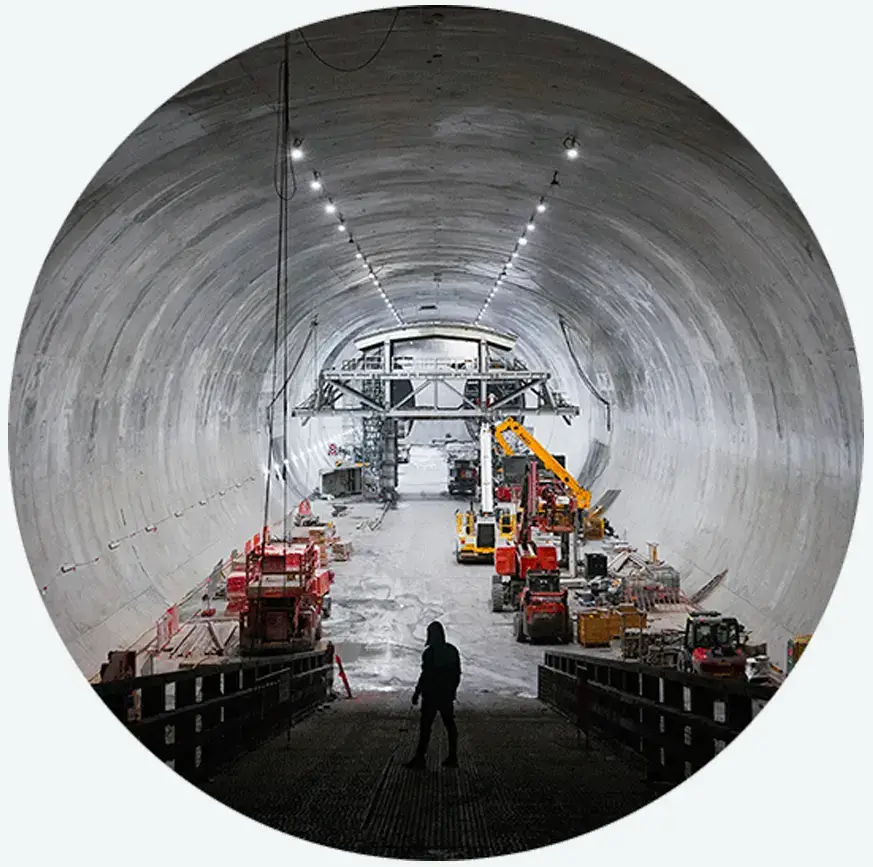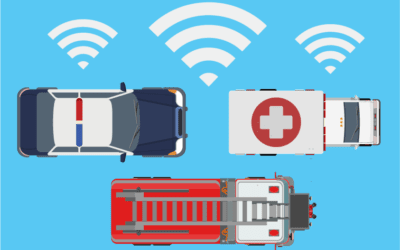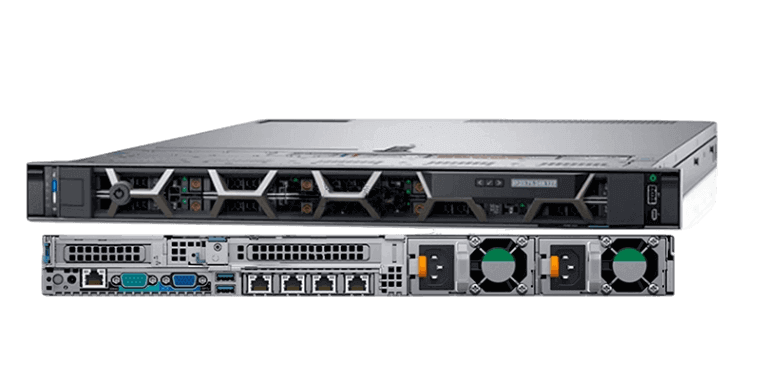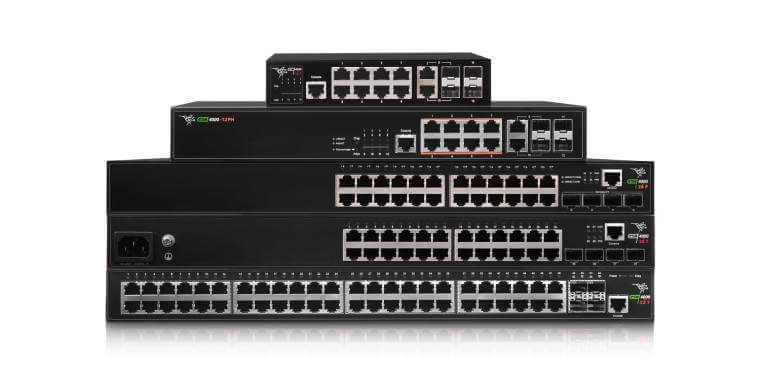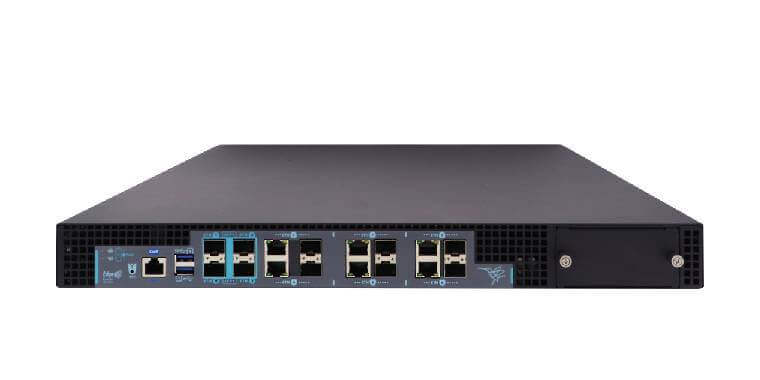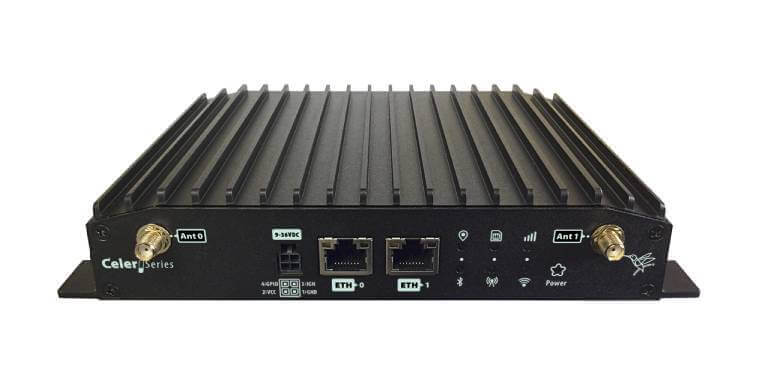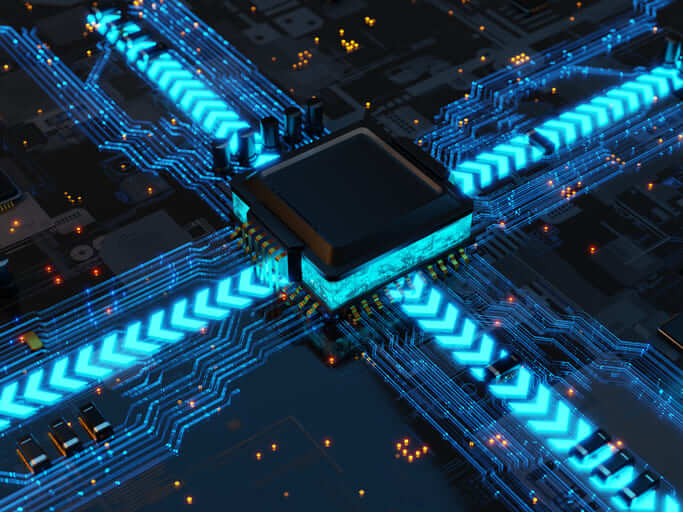Rolling Stock Technology Use Cases
Use cases that highlight how Teldat’s advanced ground to train, onboard communications and IoT technologies can improve operational efficiency and enhance passenger experience.
Teldat Use Cases
Rolling stock digitalization gives rail manufacturers, integrators, and operators great opportunities to differentiate their market offering. Through Teldat, they can fulfill these with communications solutions that span both ground to rail and onboard networks; solutions that improve operational efficiency and enhance passenger experience.
Railway service integrator
On board connectivity providing ‘A La Carte’ Wi-Fi for high-speed train passengers.
Challenge
Railway service integrators are increasingly asked for digitalization solutions that will boost their rail manufacturers’ competitiveness by enhancing passenger experience. This involves offering high quality and secure connectivity to many passengers every day, even if carriages are crowded.
High speed train passengers will appreciate an ‘A La Carte’ Wi-Fi service which streams live content while offering an extensive range of products. This connectivity must be achieved on fast moving trains; these can reach speeds of 310 km/h, sometimes traveling through areas with bad coverage. This means that ground to train communications must include satellite links to avoid loss of signal for passengers.
Solution

The Teldat H2-Rail router provides the multichannel ground to train communication and onboard connectivity required – while its reliability is assured through ruggedization, vibration protection, and all relevant rail certifications (EN 50155). 4G/LTE, and satellite communications are supported.
APR2044ax Access Points are available to extend Wi-Fi coverage throughout an entire train. They are ruggedized, and certified for temperature, vibration, and emissions.
With Teldat’s OLA functionality, different WAN links can be optimized and combined. Smart load balancing, advance monitoring, application continuity and IPSec security are also supported.
Why Teldat?
Teldat offers flexible solutions, with combinations of Wi-Fi, LTE, 4G, 5G and Satellite available. These are backed by extensive experience in solutions designed specifically for railway applications. Teldat’s strong capabilities are demonstrated by vast experience in rail projects.
Rail vehicle manufacturer
Building rolling stock digitalization solutions into trains of all lengths and configurations.
Challenge
Manufacturers seeking to install connectivity solutions which fulfill rolling stock digitalization objectives must comply with strict train standards during the manufacturing process.
Trains can have very different configurations and lengths, so the solution must offer connectivity under widely varying circumstances. In all cases though, this connectivity must cover both ground-to-train and onboard communications.
If possible, provision should be made for 5G as well as 4G/LTE ground to train communications, to assure the best possible performance and capacity. Satellite links should also be included to ensure signal continuity in poor coverage areas. Similarly, Wi-Fi 6 should be deployed on the train, to ensure dense passenger populations enjoy full-speed, secure connectivity.
Solution
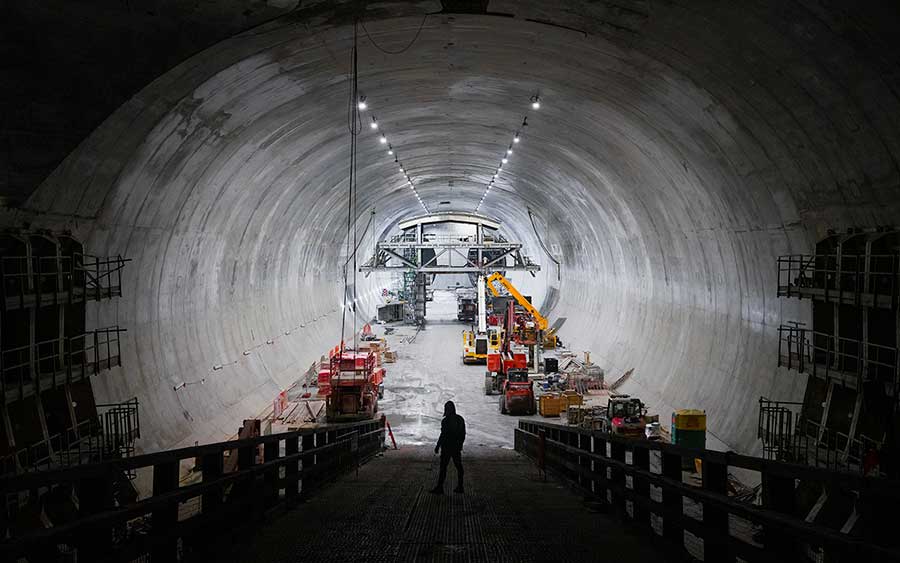
Using Teldat equipment and solutions, manufacturers can comply with all relevant train standards, and accommodate any train length or configuration as required. The H2-Rail router is ruggedized, protected against vibrations, and certified, while providing all ground to train communications for secure coverage. Manufacturers can extend Wi-Fi coverage throughout the entire train, irrespective of its carriage count, by deploying APR2044ax Access Points. While being ruggedized and certified for temperature, vibration resistance and emissions, they offer Wi-Fi 6 communications for secure, high-speed coverage in crowded carriages.
Why Teldat?
Teldat’s solution, based on H2-Rail and APR2044ax hardware, is robust and can endure harsh conditions. The ring architecture and dual SIM ensure Internet connectivity even in the event of failure. Teldat devices reduce the client’s operational costs by providing preventive maintenance.
Proactive Maintenance and Vibration control
Teldat’s cloud-based IoT platform allows proactive maintenance to be performed remotely.
Challenge
Rolling stock doors, rails and other rail hardware need regular inspection and maintenance to avoid risk of failure. If they have a network connection, IoT sensors can be used for proactive maintenance. Susceptible items can be monitored remotely, with particular checks for abnormal vibration levels.
A data model can be used for an early warning system. This allows prediction of failures and reduces maintenance costs. Installation can be easy, even when retrofitting into existing rolling stock solutions.
It eliminates unnecessary field visits by technical teams, and avoids the need for corrective maintenance. As well as reducing maintenance costs, this approach can improve quality of service, and significantly improve customer satisfaction.
Solution

Teldat’s solution uses sensors that collect remote data from train doors and other locations, and sends it to their backend cloud-based be.IoT platform. It also uses GPS data for location awareness.
The be.IoT software backend automatically collects the sensor data, and analyses it using artificial intelligence (AI) and machine learning. The results are available on dashboards which show live data and historical trends.
The be.IoT platform also allows the operator to manage their devices optimally, and make better decisions. For example, technicians can focus on specific targets, to eliminate unnecessary activity and travel.
Why Teldat?
Teldat’s communications background allows them to set up remote monitoring systems for proactive maintenance. This facility is key to cost-effectively reducing downtime and providing an optimum quality of service.
The Teldat solution is also easy to deploy and manage.
Case Studies
Read our latest Blog Posts
Public transport: from horse-drawn carriages to Wi-Fi equipped buses
Many changes have taken place over the last few years, none more so than in the automotive industry. If we look back, we can see the continuous evolution of public transport, from its introduction, at the beginning of the 19th century, up to today. Public transport,...
IoT in cars and Smart Cities
One of the most talked about concepts in the technology industry today is the Internet of Things (or as it´s also known, IoT). Still in its infancy, the IoT phenomenon spans many áreas from everyday objects and the automotive sector, to its integration in cities...
On-board connectivity in police cars and emergency vehicles
By striving for greater efficiency, safety and mobility, real-time telecommunication systems are being developed that can be installed in police cars and emergency vehicles. The progress made in terms of connectivity between vehicles and different infrastructures will...


